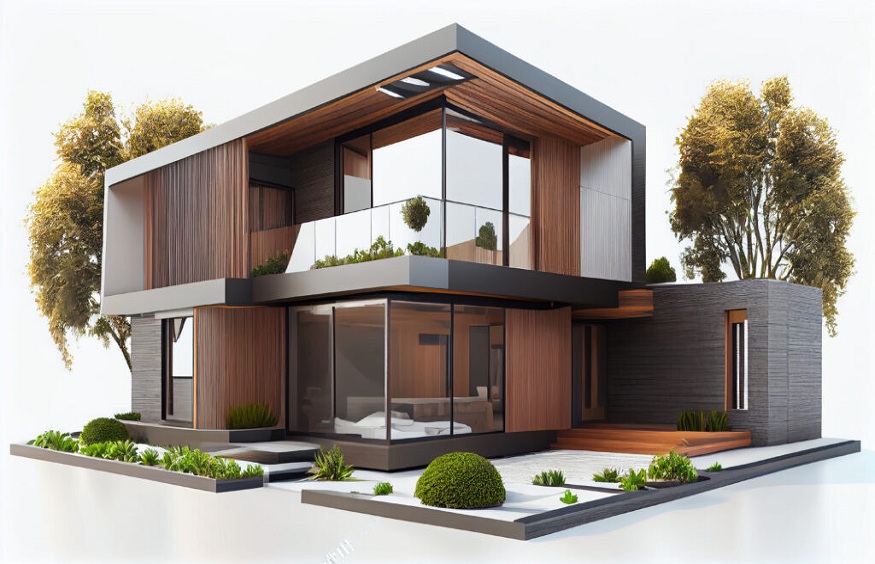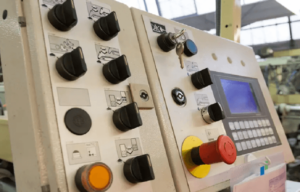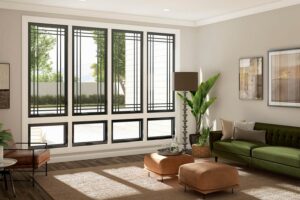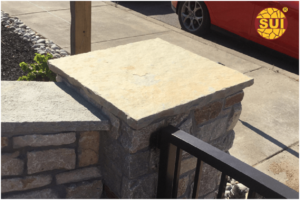Important Ways to Maintain Your 3D Architecture Design for Long-Lasting Excellence

3D architecture design has become a vital part of modern construction, allowing architects and designers to visualize, refine, and present their concepts in stunning detail. While creating these digital models is a complex process, maintaining them is equally important for ensuring long-term success. Proper maintenance of your 3D architectural design ensures that it remains accurate, functional, and up-to-date, even as the project evolves. Whether you’re working on large-scale commercial buildings or residential projects, here are 10 effective ways to maintain your 3D scanning services to keep it in top shape throughout the entire lifecycle of the project.
1. Regularly Update the Design Files
A significant aspect of maintaining a 3D architecture design is ensuring that your files are always up-to-date with the latest changes or revisions. As the project progresses, modifications may be needed to accommodate design adjustments, structural changes, or material substitutions. Regularly updating the digital model ensures that the most accurate representation of your design is always accessible to team members and stakeholders.
Ensure that all versions of the files are properly labeled and organized so that they are easily retrievable. Regular updates prevent any miscommunication and help maintain consistency across the project team.
2. Implement Proper File Backup Systems
Data loss can be disastrous, especially when it comes to complex 3D architecture designs. To avoid losing valuable design work, implement a proper backup system. Use cloud storage services, external hard drives, or a hybrid system to store your files securely.
Ensure that backups are automatic and frequent, so you don’t risk losing any work. Additionally, consider implementing version control software to manage different stages of the design, making it easier to revert to previous iterations if necessary. Backing up your files helps you safeguard your hard work and ensures a smoother design process.
3. Collaborate and Share Files Effectively
Collaboration is often a key part of architectural projects, and it’s essential to share your 3D designs with other team members effectively.
To maintain your design made by the best 3D printing companies, ensure that you have a system in place for tracking changes and updates to the model. This allows team members to review and approve changes before they are incorporated, helping avoid potential errors and conflicts in the final design.
4. Optimize Your Design for Performance
3D architectural models can become quite complex and resource-intensive, especially as more details are added. To maintain the performance of your design software and prevent lagging or crashes, optimize your model to reduce unnecessary elements and maintain the file’s efficiency.
Break down the design into smaller, manageable components or layers that can be worked on individually. Simplify textures and reduce polygon counts where possible, while still keeping the visual fidelity high. Proper optimization will not only improve the performance of your design software but also reduce the processing time when rendering.
5. Ensure Compatibility Across Platforms
Architectural design often involves working with multiple software platforms—each with its own specific file formats and features. Maintaining compatibility across different platforms ensures that your 3D design can be easily shared, modified, and reviewed by different teams without losing critical information.
Before starting your design, check that your chosen software is compatible with other commonly used programs, such as CAD or BIM software. Regularly check for updates to your software to ensure you’re taking advantage of the latest features and compatibility improvements. A seamless workflow across platforms improves the efficiency of the project.
6. Maintain Consistent Design Standards
Design standards and consistency play a significant role in keeping a 3D architectural design cohesive and professional. Establish clear guidelines for the design from the outset, including color schemes, materials, lighting, and other visual elements. Adhering to these standards will help prevent unnecessary changes and streamline the process.
Establishing a set of common rules and procedures for the team to follow is crucial. This ensures that all design components are compatible with one another and meet the aesthetic and functional goals of the project. Maintaining consistency throughout the design helps avoid confusion and enhances the final product.
7. Regularly Perform Design Reviews and Quality Checks
Frequent design reviews and quality checks help identify potential issues early on, reducing the need for major revisions later in the process. Schedule regular reviews with team members and stakeholders to evaluate the design from different perspectives and ensure that the project is progressing according to plan.
In addition to design reviews, consider performing automated quality checks within your design software. Many programs offer built-in tools to check for errors such as misaligned objects, unsupported materials, or incompatible dimensions. Regular reviews and checks prevent costly mistakes and maintain a high-quality design.
8. Track Project Milestones and Deadlines
3D architecture design is often part of a larger construction project, so it’s important to stay on top of deadlines and milestones. Establishing a project timeline with clear deliverables ensures that the design stays on track. Tracking progress helps you maintain momentum and ensures that all elements of the design are completed within the required timeframe.
Use project management tools to track the completion of design phases and communicate with other teams. Having a clear understanding of where the project stands helps you maintain focus and ensures that the design is finalized on schedule.
9. Update the Design Based on Client Feedback
Client feedback is a crucial part of maintaining a 3D architecture design. As you present the design to clients or stakeholders, they may request changes or modifications. Be responsive to their input and make the necessary revisions to ensure that their vision is realized.
It’s important to communicate clearly with clients about the impact of their feedback, especially if it affects other parts of the project. Keep an open line of communication and provide updated models regularly for review. Being receptive to feedback helps maintain a design that meets client expectations.
Maintaining a 3D architecture design is an ongoing process that requires careful attention to detail and consistent practices. Implementing these 10 strategies will help you maintain the integrity of your 3D designs and ensure the successful completion of your architecture projects. Whether you’re working on a residential building or a large commercial complex, keeping your designs in top shape is essential to meeting your project goals and delivering the best possible outcome.







